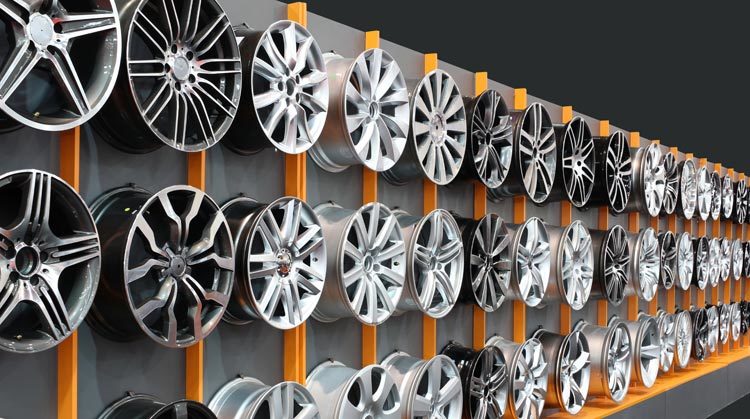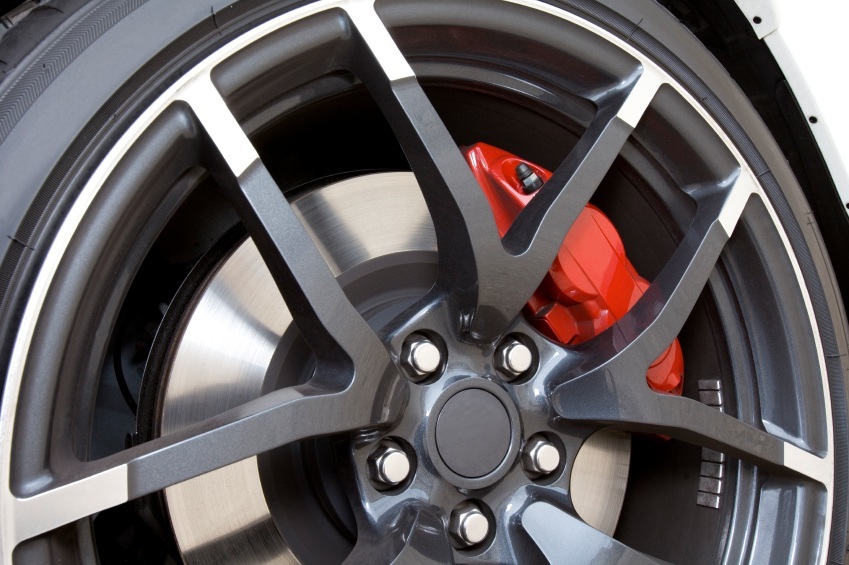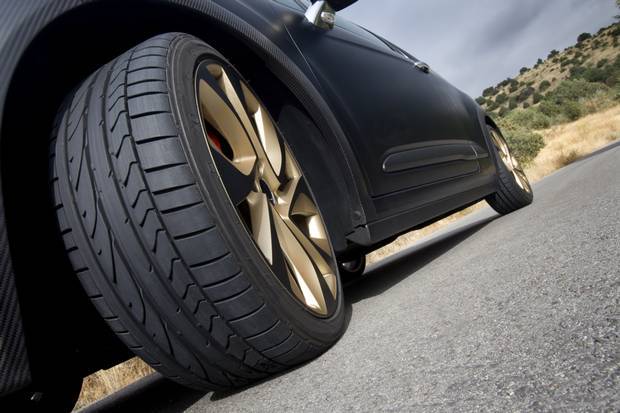How to Remove Corrosion from Aluminum Wheels?
Corrosion can seriously harm your car's aluminum wheels and a regular upkeep is necessary to prevent the dust and grime settling in the wheel. You need to follow a proper procedure to remove corrosion from any vehicle’s wheels, even your Jeep wheels. The amount of time needed to wipe off corrosive matter from the rims depends on the condition of the wheels and the type of corrosion.
How to get bad wheels fixed by removing the corrosive substance? What materials are required? Can you do it at home or you have to take your car to an auto workshop? If you are seeking answers to these questions, read on.

You can clean corrosive rims at home with simple accessories. I have explained the complete procedure for cleaning your wheels properly in this guide. While the procedure is simple, remember that you need to understand a little about the basics of corrosion and proper wheel maintenance to avoid high repair costs later.
You can identify corrosive matter on your aluminum wheel surface by the metal pitting and the gritty spots on the surface. Corrosive wheels appear white and you can easily spot them by their roughness. With time, the corrosive matter keeps adding on the wheel's metallic surface. While removing the matter, you need care because you can easily stain the aluminum surface during the cleaning process.
Additionally, make sure you clean your tires regularly as the dirt can facilitate the corrosive action. The procedure for removing unwanted corrosive matter from your wheels is not complicated. Follow the step-by-step process indicated below to get shiny and purged wheels in a jiffy.
Wash The Wheel Surface
The first thing to do for removing the corrosive substance from wheels is to splash your tires with a good amount of water using a hose. Make use of a liquid detergent like a dishwashing soap and coat the wheel surface with it. Let the surface of the wheels stay covered in this liquid washer for about 5 minutes and then use the hose to wash them with a strong stream of water. You must use a soft textured piece of clothing like cotton or terry to dry off the wheels.
You will notice the initial layer of dust and grime covering the surface when you begin the washing process. Most of the corrosive substance actually hides underneath the grime layer. While washing your wheels with a good detergent, use a little Elbow Grease. It helps clear away this top layer and you get to the actual corrosion.

Clean The Surface With A Washing Detergent
You will need some painter's masking tape and a few sheets of plastic to cover up painted areas on your vehicle. This helps keep the other parts of your vehicle safe and unaffected while you are clearing away the grime. Take a good quality electronic cleaner like an oven cleaner and spray it on the surface of your wheels.
Thoroughly cleanse the wheels with a dishwashing scrub or use a Teflon-safe brush. Make sure you clean and scrub off any dirty spots carefully. Wash away the cleanser with a hard stream of water from the hose and quickly dry off the surface with a cotton rag or a terry wipe. Make use of some Elbow Grease to clear away any dusty spots and wash the surface with water.
Depending on the type and amount of corrosive matter deposited on your aluminum wheels, you may have to repeat the process. A single washing procedure is usually sufficient for clearing away most types of corrosion. Once you wash off all the corrosive matter, move on to polishing your clean wheels with a nice brand for aluminum brightener. You can check with an auto parts supplier or search online for a good polisher. Use a car wax after the brightener to purge your vehicle's wheels.
You should ideally end the process here if you have removed all corrosive matter. If you still notice hints of white on the surface then go to the next step.
Look Out For Pitting
Once you finish polishing your aluminum wheels, look for any pitted spots on the surface caused due to corrosion. Get hold of a 400-grit sandpaper to sand such areas. You can do this manually with a tiny sanding wheel mounted in a drill. It is the only corrective action available for fixing for most types of pitting. If the pitted area is small, you can do this by hand using the sandpaper. For larger spots, you will have to make use of the sanding wheel. When you are fixing a pitting on the surface, make sure you do not apply too much pressure and carefully sand the area with slow movements of the hand. Keep your wheel rotating to avoid deep gouging into any specific area within the surface. After you finish sanding, you will notice the additional brightness of the aluminum surface with no signs of corrosive matter.

Prevent Further Oxidation
Proper sanding should ideally clear away all corrosive matter enhancing the shiny appearance of your wheels. Polishing should further clear off the remaining corrosion and result in a shiny, polished surface. Ensure that the wheels have even brightness during sanding to avoid the odd look. Wash the surface of the wheels with water and polish them using a good quality aluminum brightener. You can purchase this from Amazon or your local auto parts supplier. Coat the wheels with a thin layer of car wax to prevent any oxidation. The most important thing to focus on is keeping your wheels clean and preventing them from any unnecessary exposure to oxygen for long.
